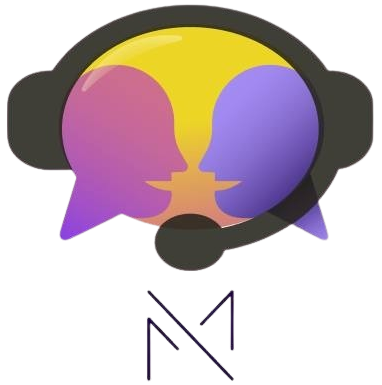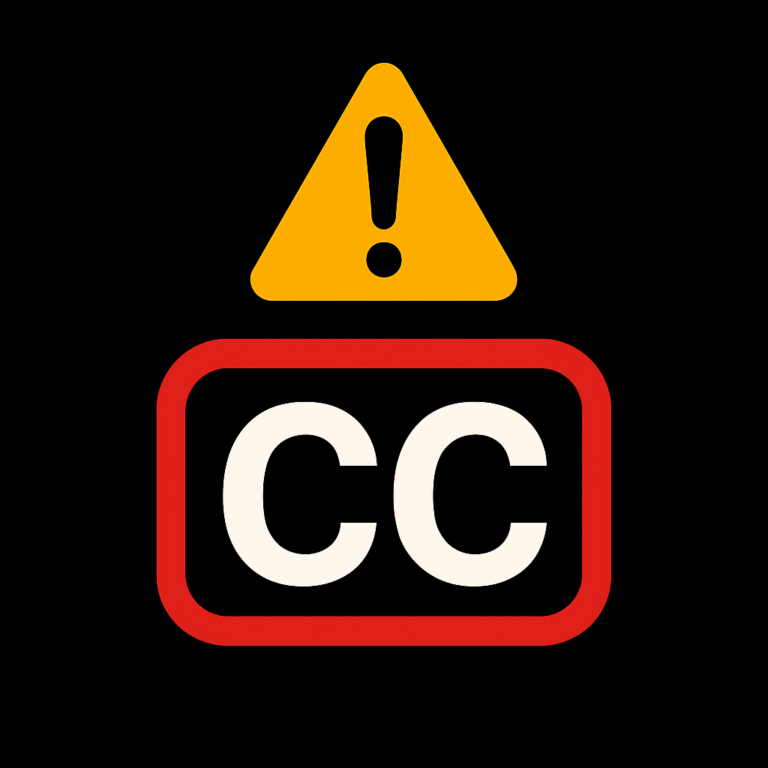
Introduction
In the fast-paced world of medical interpretation, accuracy isn’t optional—it’s essential. When you’re switching between English, French, and Haitian Creole in high-stakes healthcare settings, there’s no time to hesitate or guess a term’s meaning.
That’s why I’ve integrated ChatGPT into my interpreting workflow. It acts like my silent assistant—ready at any moment to deliver precise translations, clarify unfamiliar terms, and help me sharpen my language skills over time.
If you’re an interpreter looking for ways to stay sharp and consistent, here’s exactly how I use AI to support my real-time performance and long-term growth.
Why Interpreters Need a Reliable Support System
As a trilingual medical interpreter (French ↔ English ↔ Haitian Creole), I often run into challenges like:
- Unfamiliar medical terminology
- Regional expressions
- Words that don’t translate cleanly between languages
- Mental fatigue after hours of back-to-back sessions
Even the most seasoned professionals need support. The difference is how fast you can recover when you hit a wall—and that’s where ChatGPT comes in.
My Real-Time ChatGPT Setup for Interpreting
Before every interpreting shift, I open a browser tab with ChatGPT and prepare this prompt:
Prompt:
“Act like a bilingual dictionary. If I give you a term or expression in English, give me the most accurate translation in French and Haitian Creole, along with a short explanation. If it’s in French or Haitian Creole, do the same. Keep it brief and clear.”
This gives me a ready-to-go language assistant.
So if I stumble on a word during a session, I simply copy it into the chat and get:
- A precise definition in English
- The French and Haitian Creole translations
- A short explanation if needed
All in a matter of seconds. No scrolling. No distractions. Just what I need to keep interpreting without breaking the flow.
How I Use ChatGPT After My Shift to Learn Faster
Interpreting isn’t just about what happens during a call—growth happens after the shift ends. At the end of each workday, I ask ChatGPT to summarize all the terms I looked up.
End-of-Day Prompt:
“Please provide a list of all the terms I asked you to translate today in English, French, or Haitian Creole. For each term, include a brief definition in English, followed by the French and Haitian Creole equivalents.”
This gives me a personalized vocabulary review session. Here’s what I do with it:
🕒 Time Investment: 15 Minutes
- I review the terms
- Add them into Anki (a spaced repetition app)
- Build flashcards to strengthen long-term memory
🎯 The Result:
- Better retention of complex medical terms
- Stronger vocabulary in all three languages
- Continuous improvement with zero guesswork
Benefits of Using ChatGPT as an Interpreter
Here’s what this AI-assisted workflow has done for me:
✅ Real-time accuracy under pressure
✅ Faster decision-making during sessions
✅ Daily review habit built into my schedule
✅ Custom flashcards for spaced repetition
✅ Confidence boost in high-stakes environments
It’s like having a personal coach and research assistant—24/7.
Want to Try This in Your Workflow?
If you’re an interpreter—whether you’re multilingual like me or work in just one language pair—you can adapt this system to your needs. It works for:
- Medical interpreters who need precision under pressure
- Community interpreters dealing with everyday slang or informal phrases
- Conference or legal interpreters managing dense terminology
Final Thoughts: Stay Ready, Stay Growing
Interpreting is a skill that demands lifelong learning. By using tools like ChatGPT intentionally, you can transform your workflow from reactive to proactive.
Every day becomes a mini-training session.
Every term you master makes you faster.
Every flashcard adds to your power.

